Some define it as "fashion from another planet, unbearable, subversive, radically post-human, extraterrestrial and galactic, but not traditional. This style is characterized by strong and talented personalities. being sophisticated and attract." Avant-garde fashion is anything experimental, radical or unusual in art, culture or society.
Designed fashion is sometimes scary to ordinary users My research shows that avant-garde designers work with all kinds of unusual fabrics and materials, such as rubber, PET, Mylar, etc. People want to define themselves outside of social norms and are always experimenting, so they are attracted to something bold, different, genre-fluid and diverse Japanese aesthetic philosophy Miyake and Iris Van Herpen taking into account the main concept of the trend, which is H ., individualization and uniqueness and sustainability, people are opening up to the idea of expressing themselves as they want, and this once attractive style has now become a global phenomenon that gives space to creativity.
Introduction
Today we live in a time where personal expression, freedom of choice and equality have become hot topics. The majority of the population believes that true creativity comes from freedom of expression, and this is where fashion comes into play. The same goes for the latest fashion styles. To the general public, it may seem like a subversive, post-human, alien and essentially something from a completely different world, but for those who have the courage to step out of their comfort zone, the avant-garde is the defined style. by a strong personality. Avant-garde fashion is not only bold, exciting and powerful, but also gives freedom with fabrics, shapes, silhouettes and more. extraordinary.
How it all began?
The term "avant-garde" comes from France, Italy, then Germany. It means the front row or front line. This term defines those who dare to express themselves, are heterodox and question conventions. Avant-garde has a double meaning. First came the avant-garde: shaping the future of fashion through historical movements such as Dadaism, Futurism, Vorticism, and Constructivism. The second definition comes from late 20th century innovation practices.
Fabrics and materials used by avant-garde designers
Notable designers include Yohji Yamamoto, the late Lee Alexander McQueen, Viktor & Rolf, Indian John Galliano - Manish Arora , Thierry Mugler, Vivienne Westwood - Queen of Punk Fashion, Paco Rabanne, Rei Kawakubo of Comme de Garçons, Walter Van Beirendonck, Issey Miyake, Guo Pei, Junya Watanabe, Martin Margiela and many more. Recently, the British designer Iris Van Herpen has been a great source of inspiration, reflecting the brilliance of the human spirit together with science and technology.
The materials that used in the production of clothing determines its functionality. and your comfort. Designers such as Walter Van Beirendonck created clothes from PET, while Paco Rabanne used Rhodoid, a cellulose acetate plastic. Another example of non-conventional materials is the rubber skin, cork and eel used by Krizia in the 1970s. The gold and copper metallic tones of the Krizia jacket are very original. This dress has a very androgynous shape with wide curved sleeves that give it a feminine feel. Nylon and polyester material makes it very light.
Factors affecting avant garde trends
The three most important factors that influence any fashion trend are values, political environment, social environment and direct influence. Concepts such as "less is more", which focuses on simplicity and minimalism, have become the basis of many avant-garde designers. They believe that simple clothes can have many designs and can be designed with creativity in mind. Likewise, the political climate has a huge impact on the world of fashion, as designers and innovators need the freedom to create without hindrance. In addition to the growing need for sustainability, the social environment and social constraints can also influence the design process. This very environmentally friendly company will focus on the production of clothing. This forces designers to be more careful and conscious in the creative process. They can also be inspired by personal experiences, Japanese philosophy and designer choices.
Breaking Stereotypes
According to designer Barbara Gongini, avant-garde is committed to sustainable and responsible clothing production. Designers limit their environmental impact and actively promote sustainability through the sourcing of their materials and processes. Many designers have recycled and recycled their materials. If a garment doesn't sell or attract customers, we take it apart and recycle or rebuild from the same materials to reduce waste. In short: while fast fashion encourages a throwaway mentality, the avant-garde recycles indivisible stock and molds it into new forms.
Again, each designer must decide how much they know about the state of the environment and how they contribute to the concept of sustainability. Another way to maintain the durability of a garment is to create a multi-directional design or style the garment in different ways. Avant-garde refers to the use of a monochromatic color palette, where black dominates.
Today, people want a "real conversation" about freedom of speech, uncompromising individuality, equality of people, regardless of gender, origin or social status. . We believe that talking about this topic is necessary to show individual power. It is important to understand that true creativity comes from freedom of expression. To put this into practice, all workgroups must feel comfortable and engaged in the creative process. One problem that modern fashion can address is the lack of gender-specific clothing.
Barbara Gongini believes that many avant-garde works appeal to a wider audience because they are designed and created for a specific genre. Universality is clearly demonstrated by the fact that avant-garde clothing has no age limit.
How to dress avant-garde?
Avant-garde clothing is not for the faint of heart. You should always experiment with unusual and unconventional materials, textures, cuts and colors. Avant-garde clothing is full of drama, so add more. You can also play with this weakness. Therefore, do not hesitate to focus on details such as specific hemlines, fabric thickness, thick ruffles, zippers and fancy buttons. The current trend is monochromatic, as it offers many opportunities to combine multiple textures and cuts. You can also enhance your style by using bright colors, mesh, paper, cardboard and metal.
The apron principle is not only aesthetic, even if you are dealing with used clothes . It is produced and consumed. It rejects trends and solutions, making all things traditional, less appealing to forward-thinking consumers who feel the need to define themselves outside of social norms. Avant-garde is progressive and forward-looking, able to overcome the limitations of convention by experimenting and proposing certain ways of doing things. This requires constant vigilance, forward thinking and exploring new opportunities based on key concepts: scalability, adaptability, uniqueness and sustainability.


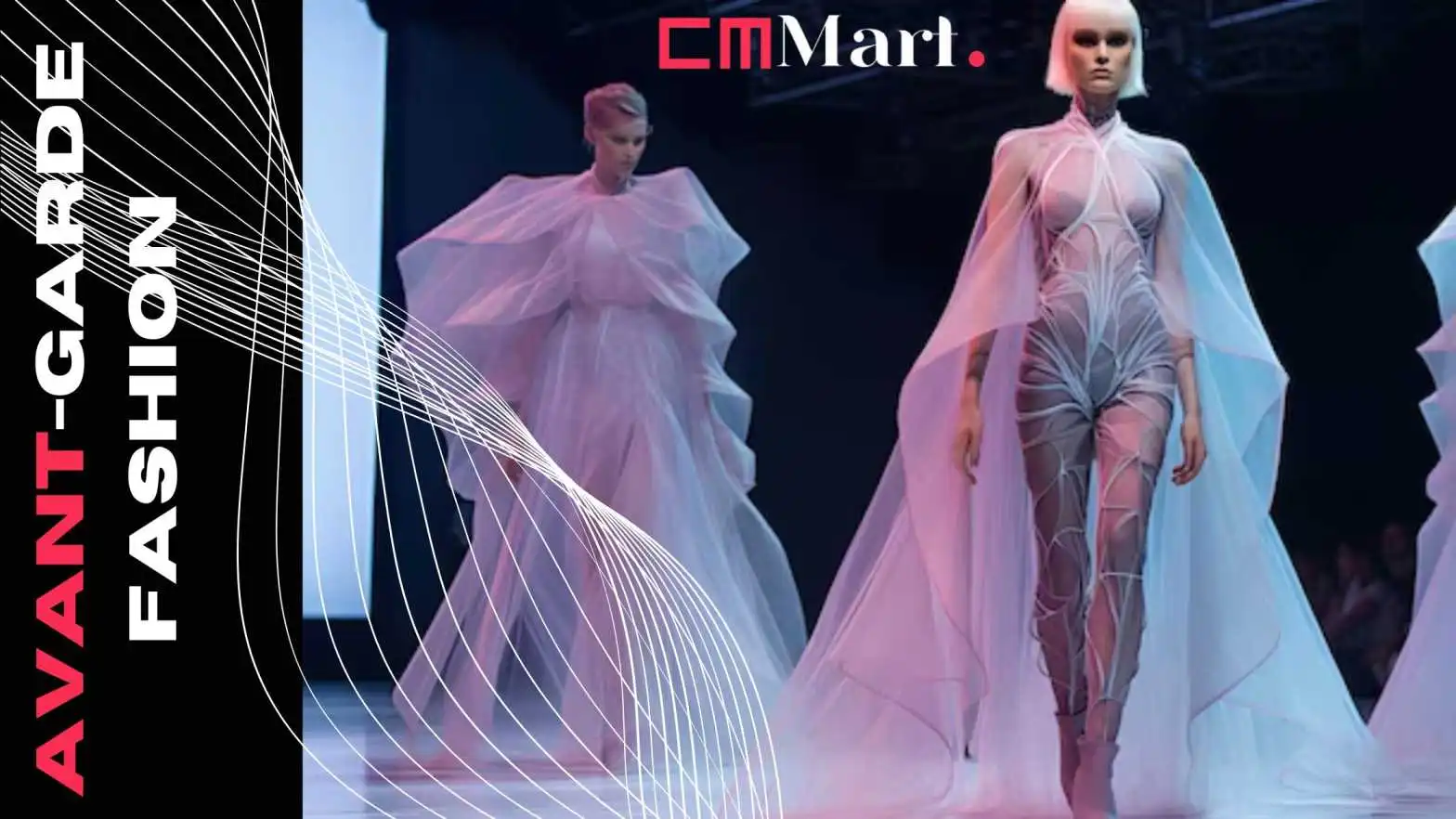
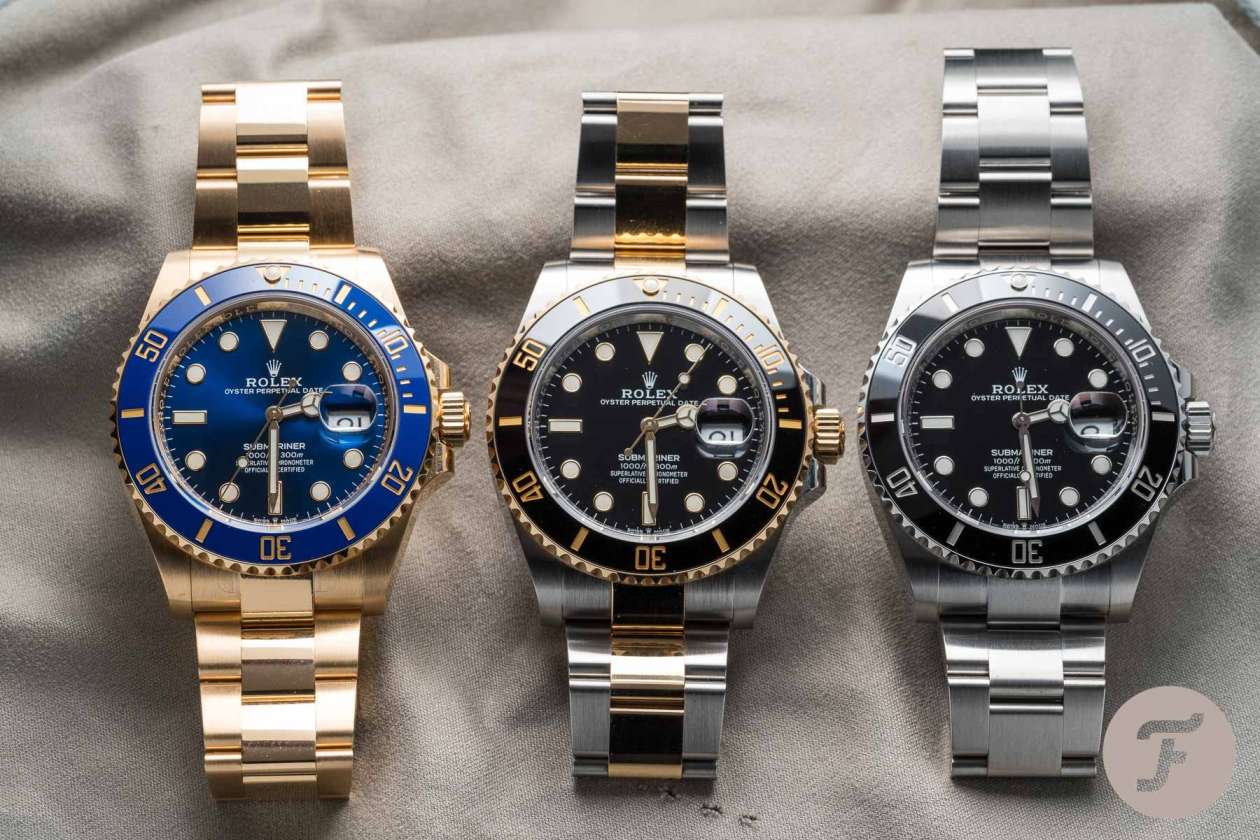

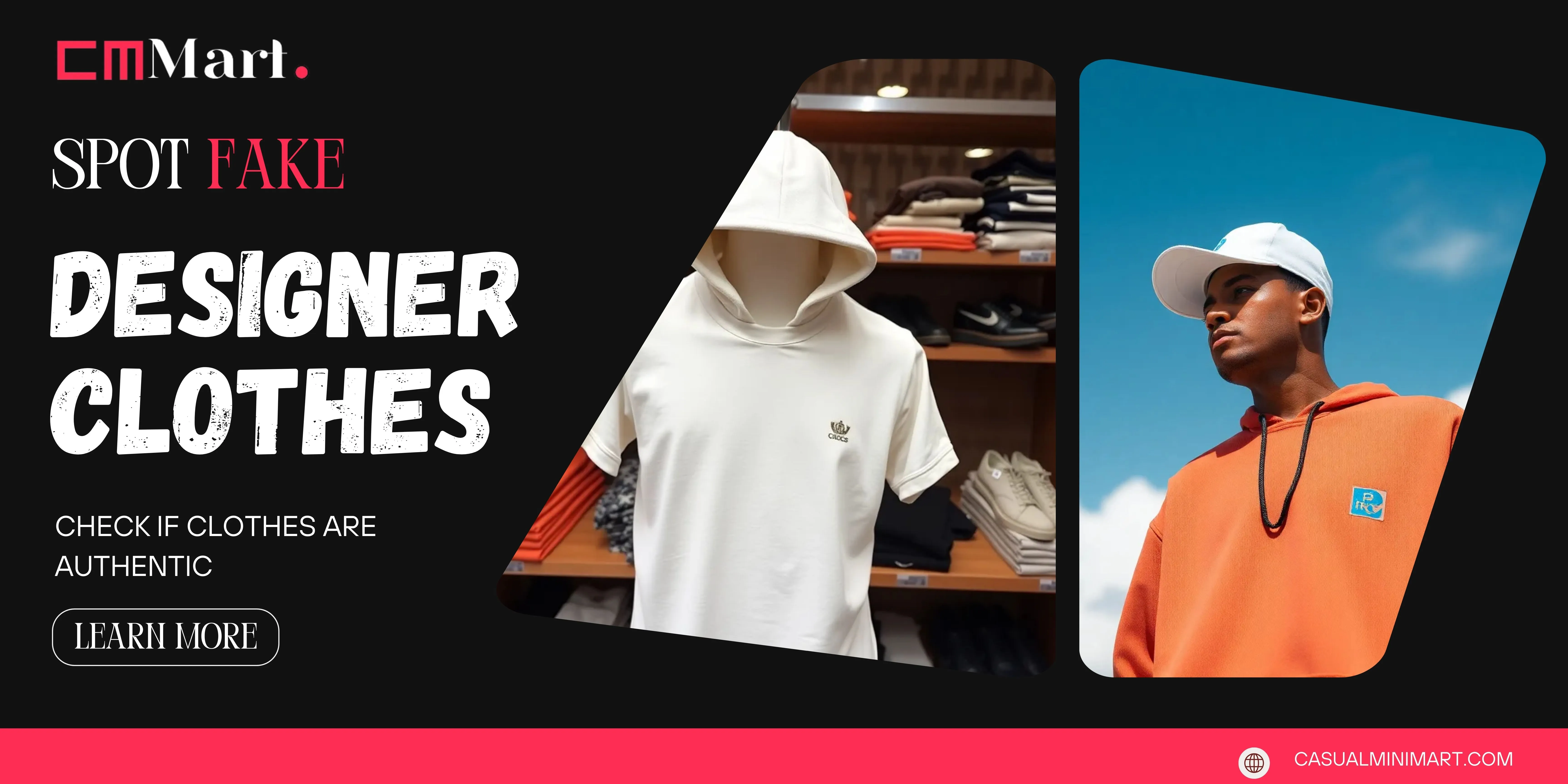
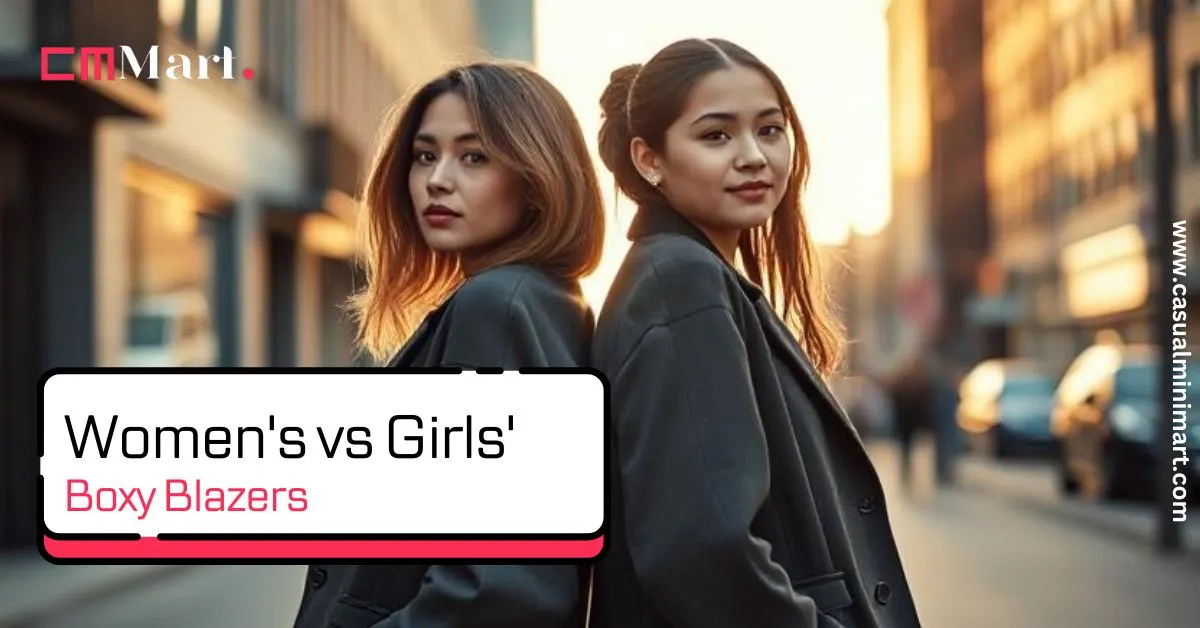
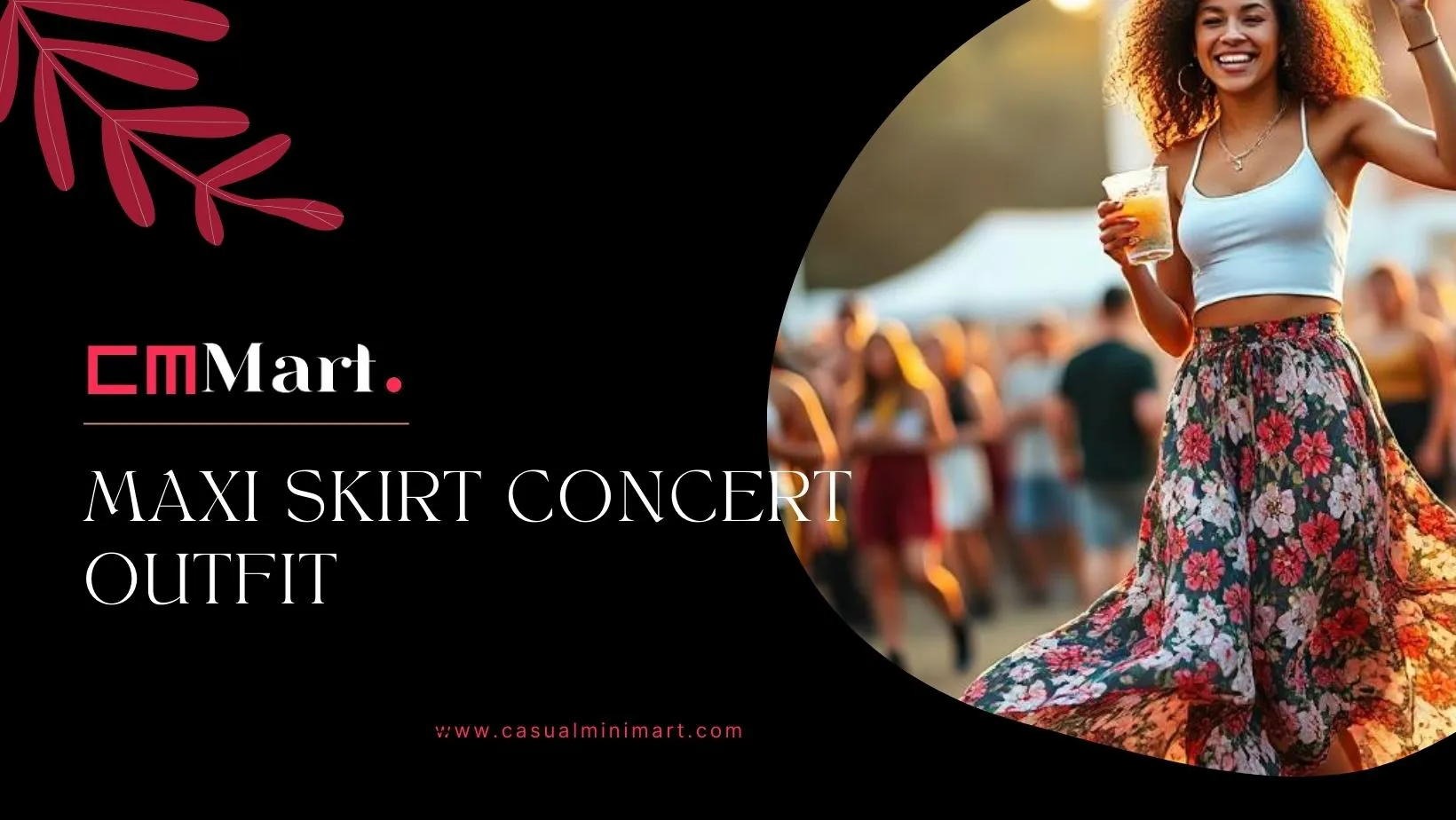
.webp)